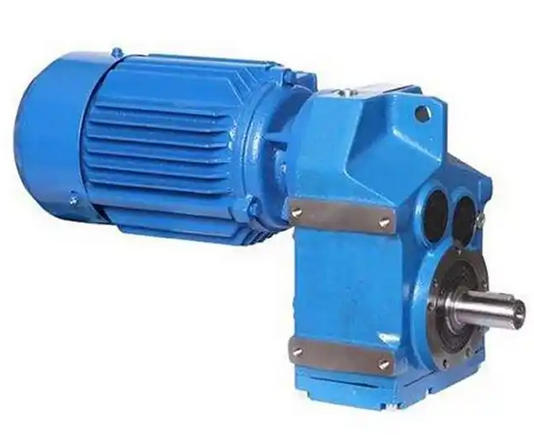What are the effects of excessive or insufficient backlash between the teeth of the cycloidal gear of BWD27-23-4KW reducer on the reducer
Excessive or insufficient backlash between the cycloidal gear teeth of the BWD27-23-4KW reducer can disrupt the normal meshing state, leading to unstable transmission and increased component wear, directly affecting the operational accuracy, load-bearing capacity, and service life of the reducer.1、 The impact of excessive tooth flank clearance
The transmission accuracy decreases, causing the output shaft to have "empty stroke", resulting in impact shaking during startup or commutation, which cannot meet the operational requirements of high-precision equipment.
During meshing, the collision between gear teeth intensifies, producing a noticeable "clicking" noise, while the vibration amplitude increases, resulting in increased noise pollution.
Uneven force distribution during load transmission can cause excessive stress on local gear teeth, leading to tooth surface peeling and angle collapse, which can shorten the service life of cycloidal gears.
Excessive clearance makes it difficult for lubricating grease to remain on the meshing surface, resulting in dry wear or insufficient lubrication, accelerating the wear of related components such as needle teeth and pin sleeves.

2、 The impact of too small tooth clearance
The increase in meshing resistance leads to a decrease in transmission efficiency, an increase in motor energy consumption, and a rapid rise in temperature during operation, which can easily cause overheating alarms.
Excessive compression between gear teeth and needle teeth can lead to increased wear on the tooth surface. Long term operation can cause the tooth surface to stick and bite, and in severe cases, it can cause the cycloidal gear to get stuck.
Unable to absorb the impact load and thermal expansion during operation, component expansion after temperature rise can easily cause jamming and even damage to eccentric sleeves and bearings.
Assembly errors or slight wear of components can further reduce clearances, leading to a vicious cycle and ultimately causing the gearbox to shut down and malfunction.
3、 Common impact on the overall operation of the machine
Regardless of whether the gap is too large or too small, it will disrupt the smoothness of meshing, reduce the load-bearing capacity of the gearbox, and fail to fully utilize the rated load performance corresponding to 4KW power.
Intensify abnormal wear and tear of core components, shorten maintenance cycles, increase spare parts replacement costs and downtime.
The vibration generated by abnormal meshing will be transmitted to the installation foundation and associated equipment, affecting the operational stability of the entire unit




